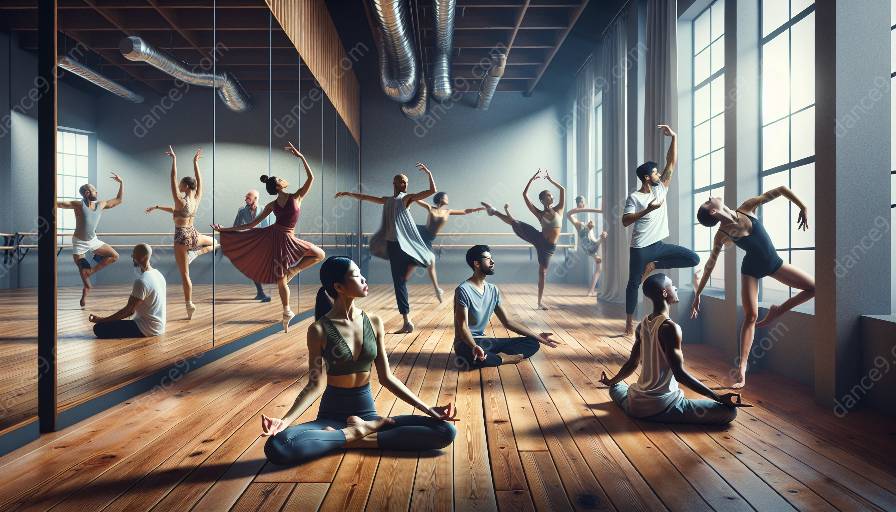Mindfulness principles in choreographic processes can revolutionize the way dancers approach their art, enhance physical and mental well-being, and elevate the overall dance experience. By integrating mindfulness into the dance context, choreographers and performers can cultivate greater awareness, presence, and intention, ultimately fostering a more holistic approach to dance composition and performance.
The Intersection of Dance and Mindfulness
Dance is a powerful medium of expression, communication, and creativity, uniquely positioned to embrace and embody mindfulness principles. Mindfulness emphasizes present moment awareness, non-judgmental observation, and intentional focus, all of which align with the essence of dance as a dynamic, embodied art form.
When integrated seamlessly, mindfulness can infuse movement with purpose, depth, and authenticity, enriching choreographic processes and performances with a profound sense of connection and resonance.
Enhancing Physical and Mental Health through Mindful Dance Practices
Mindfulness principles can significantly contribute to the physical and mental well-being of dancers. By integrating mindfulness into choreographic processes, dancers can cultivate a more sustainable and embodied dance practice, reducing the risk of injuries and enhancing overall physical resilience.
Moreover, mindfulness in dance fosters a heightened sense of self-awareness, emotional regulation, and mental clarity, promoting mental well-being and resilience in the face of the rigorous demands of dance performance and training. This integration not only benefits the individual dancer but also creates a harmonious and supportive dance environment.
Practical Applications in Choreography
Practical applications of integrating mindfulness in choreographic processes can encompass a range of approaches and techniques. For instance, choreographers can incorporate mindfulness-based movement explorations, guided meditation, and somatic awareness practices into the creative process, facilitating a deepening of the dancers' embodied experience and expression.
Furthermore, mindful choreography encourages exploration of the interplay between movement, breath, and inner awareness, offering opportunities for dancers to attune to the subtleties of their physical and emotional landscapes. This heightened awareness can inform and enrich the composition of dance sequences and performances, resulting in more authentic and compelling artistic expressions.
Cultivating Mindful Dance Communities
Integrating mindfulness principles in choreographic processes does not solely impact the individual dancer but extends to the wider dance community. By fostering a culture of mindfulness in dance, choreographers and educators can promote an environment of mutual support, empathy, and collective awareness.
This inclusive and compassionate approach to dance not only nurtures creativity and artistic innovation but also contributes to the establishment of resilient and empowered dance communities. Embracing mindfulness as an integral part of choreographic processes can thus lead to a transformation of the dance landscape, enriching the experiences and well-being of dancers and audiences alike.


































